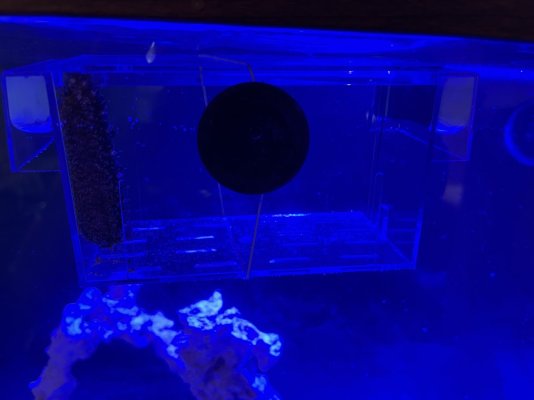Sorry if y’all don’t consider this true emergency but: Bought a pulsing Xenia today at the LFS that looked as if it was on a pretty dark purple rock. Nope, when home found it was a big fat sea cucumber. My tank is 125 gallon and 2 weeks old. I do not want this thing that will likely die in my new tank and kill everyone in it. I have it in an acclimation box until I can bring it back on Monday. How can I take care of this thing so it doesn’t die before then? I put an algae wafer in the box. Rubber band so it doesn’t get out (I don’t want it to go hiding in my tank). It’s been in the same position for a long time, that normal? Help me be a good host for the weekend until I can bring him back!















